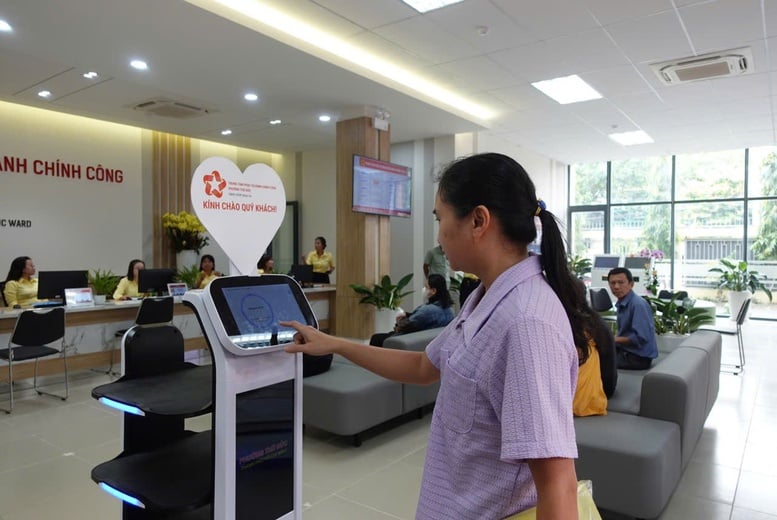
Thu Duc Ward (HCMC) brings robots into administrative service - Photo: VGP
Experience from pioneering localities
Ho Chi Minh City is a typical example showing that if properly prepared and operated in the right direction, technology can become a key tool to help streamline the apparatus, save resources and improve the quality of service to people and businesses.
Mr. Lam Dinh Thang, Director of the Department of Science and Technology of Ho Chi Minh City, said that up to now, the implementation of the 2-level local government model of Ho Chi Minh City has achieved many positive results, ensuring progress and quality as required.
After the reorganization, Ho Chi Minh City now has a natural area of more than 6,772 km², a population of more than 14 million people; the number of specialized agencies has decreased from 21 to 15, a decrease of 28.5%; the number of commune-level administrative units is 168, a decrease of 61.9%.
Thanks to early preparation, building scenarios and hypothetical situations, Ho Chi Minh City has successfully operated 168 People's Committees of wards, communes and special economic zones after the arrangement. Technology infrastructure is guaranteed, from the transmission system to the online conference platform, connecting the city with the grassroots. The system for handling administrative procedures, receiving and processing feedback via Portal 1022, and the system for managing executive documents are also deployed synchronously and effectively.
In particular, the City has cut and simplified 298 administrative procedures, saving 1,944 working days, equivalent to more than 15,500 working hours.
According to the Department of Science and Technology of Ho Chi Minh City, in the first 2 weeks of implementing the 2-level local government model, the administrative system received and processed more than 115,000 records, of which the commune level accounted for more than 71,000 records. The 1022 switchboard processed more than 4,200 requests, and the administrative document system received nearly 12,000 documents.
From the implementation, Ho Chi Minh City has drawn many valuable experiences. First of all, the unified leadership and direction from the highest level, along with the regular inspection and supervision mechanism and timely professional support from the central ministries and branches are key factors to ensure the progress and quality of implementation.
Mr. Lam Dinh Thang said that since the policy was issued, the City has proactively developed a plan, closely coordinated with the localities of Binh Duong, Ba Ria - Vung Tau and the Digital Transformation Center to start implementation from March 2025. Thanks to that, Ho Chi Minh City is not passive when the plan changes compared to the original schedule.
In addition, dividing the work into reasonable phases helps the City focus resources on building essential digital infrastructure, prioritizing the operation of core systems, information technology infrastructure, and shared digital platforms. Large technology enterprises are also mobilized to provide technical support to the facilities.
Ho Chi Minh City also quickly strengthened its staff specializing in digital transformation. Thousands of officials and civil servants in 168 new wards and communes were given intensive training to be able to operate the system from the first day of implementation...
Despite many positive results, Ho Chi Minh City still faces many challenges in the process of implementing the two-tier model. The large amount of work in a short time requires flexible adjustment to arising situations; facilities in some localities are not synchronized; staff psychology is affected by changes in location and work position; digital infrastructure is uneven.
In terms of technology, the biggest challenge in the merger process is the synchronization and consolidation of databases from many previously fragmented systems. Especially specialized data such as household registration, business licensing, taxes, population, etc. This requires the connection and coordination of the Ministry of Science and Technology and the coordination of central agencies, ministries and branches to standardize and ensure stable operation in the near future.
Promote national data standardization and integration
To support localities across the country, recently, the Ministry of Science and Technology has issued the Vietnam Digital Government Architecture Framework, version 4.0, which adjusts information systems to suit the new organizational model (central, provincial, communal), without district-level organization.
At the same time, issue guidelines for implementing e-government and digital government to meet the digital transformation goals, and at the same time create an interconnected data system between commune, provincial and central levels. Integrate and receive 100% of public service records of people and businesses from the National Public Service Portal; be ready to stop the Provincial Public Service Portal as soon as the locality requests and commit to completing the adjustment and integration of the system to ensure stable operation before July 1, 2025...
A highlight is that the Ministry of Science and Technology has ordered and assigned leading digital technology enterprises in Vietnam to research and develop specialized virtual assistant platforms. Specifically, 4 virtual assistants to support officials and civil servants in performing public duties, supporting people in performing administrative procedures, looking up legal information, and reviewing legal documents.
The use of AI virtual assistants is expected to promote the transition to a two-tier local government model to be more convenient, transparent and effective.
Based on the general orientations, the Ministry of Science and Technology has clearly identified key tasks to promote the synchronous and effective digital transformation process in the coming time.
Deputy Minister of Science and Technology Pham Duc Long said that the Ministry will develop and promulgate the National Digital Architecture Framework, ensuring connectivity, synchronization, and interoperability among agencies (Party, State, Vietnam Fatherland Front, and socio-political organizations), in accordance with the government model from the central to communal levels.
At the same time, amend and supplement Decision No. 08/2023/QD-TTg to unify the management and investment model of the Centralized Data Transmission Network from the Central to the commune level; preside over and coordinate with the Ministry of Finance to guide localities in building and deploying the Intelligent Operation Center (IOC) to ensure interconnection and effective exploitation of information and data to serve the direction, operation, and socio-economic development of localities.
The Ministry will also develop a framework to monitor and evaluate the progress and effectiveness of digital transformation activities in the political system and the satisfaction level of people and businesses, and integrate it into the Central Resolution 57 Information System.
At the same time, preside over and coordinate with relevant ministries and branches, direct technology and postal enterprises to resolve difficulties of localities in completing information technology systems, equipment, connections, and shared software serving the operations of local governments at two levels.
Regarding the implementation of online public services, Deputy Minister Pham Duc Long emphasized that the Ministry of Science and Technology will seriously implement them, ensuring effectiveness and substance, including reviewing and resolutely not allowing the situation of requiring people to provide duplicate documents with data already available in national databases such as population, household registration, land, insurance, avoiding unnecessary costs and time.
The Ministry will also preside over and coordinate with the Ministry of Public Security, the Government Office and localities to review, restructure processes, digitize and provide all administrative procedures (online public services) under the scope of management and implementation at 2 levels of local government according to a centralized implementation model, ensuring consistency and synchronization on the National Public Service Portal.
Thu Giang
Source: https://baochinhphu.vn/cong-nghe-so-giup-chinh-quyen-dia-phuong-2-cap-hieu-qua-phuc-vu-tot-hon-102250715145427499.htm


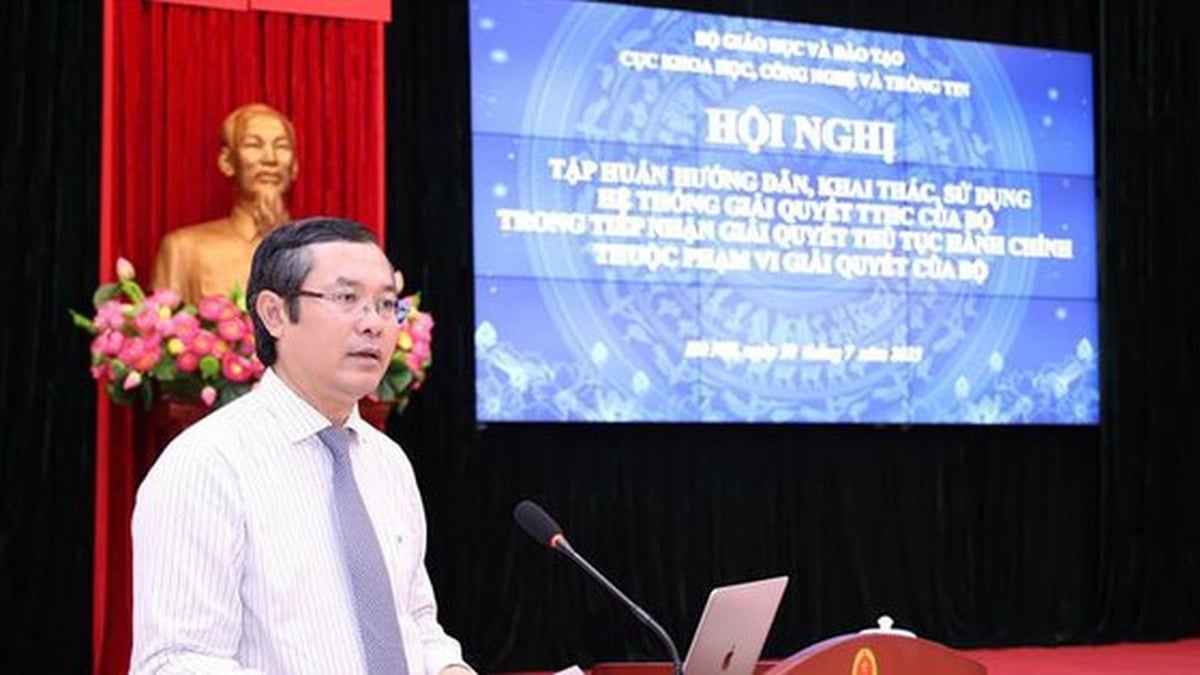
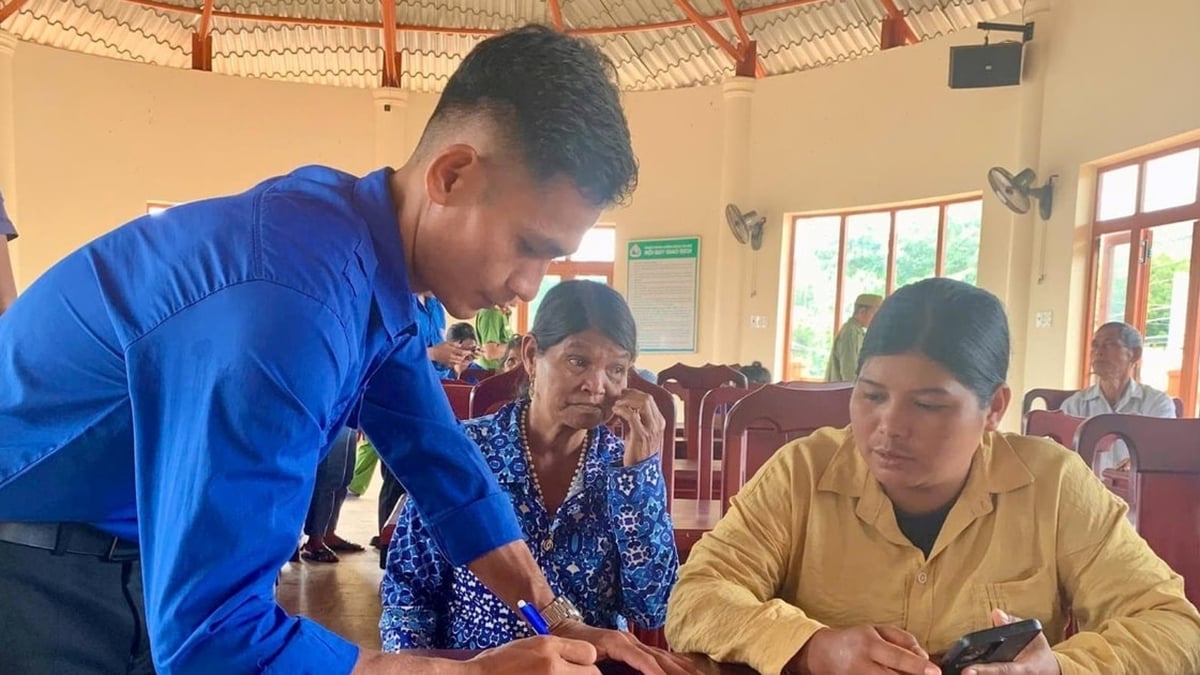

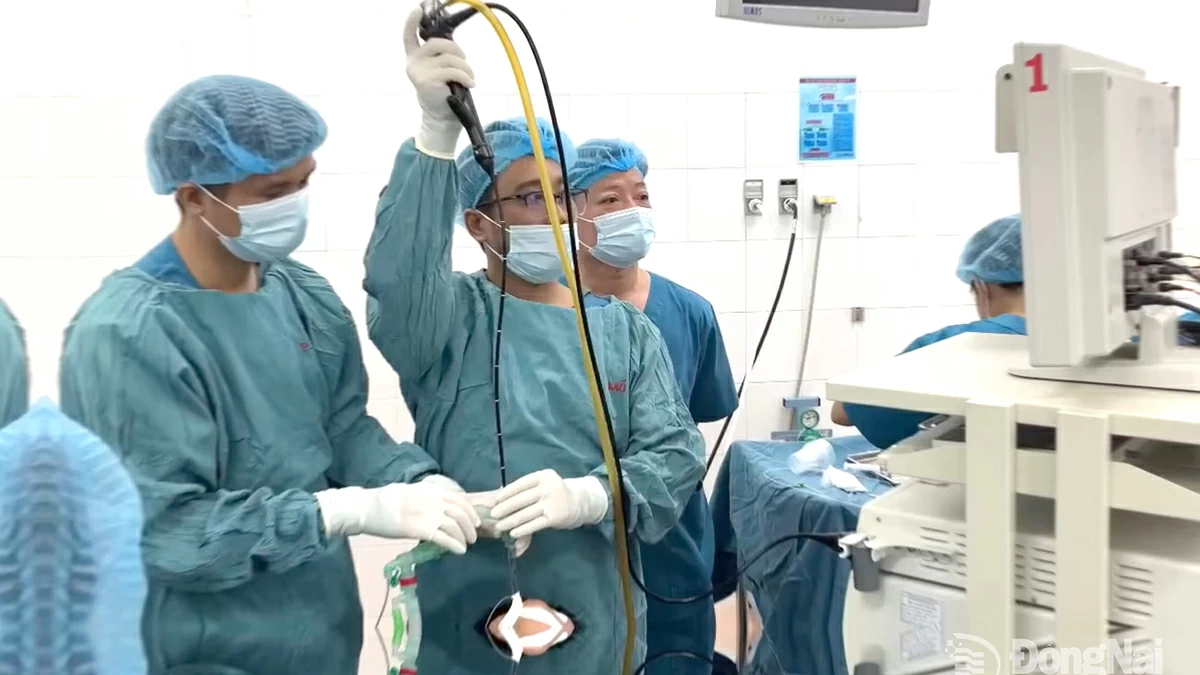
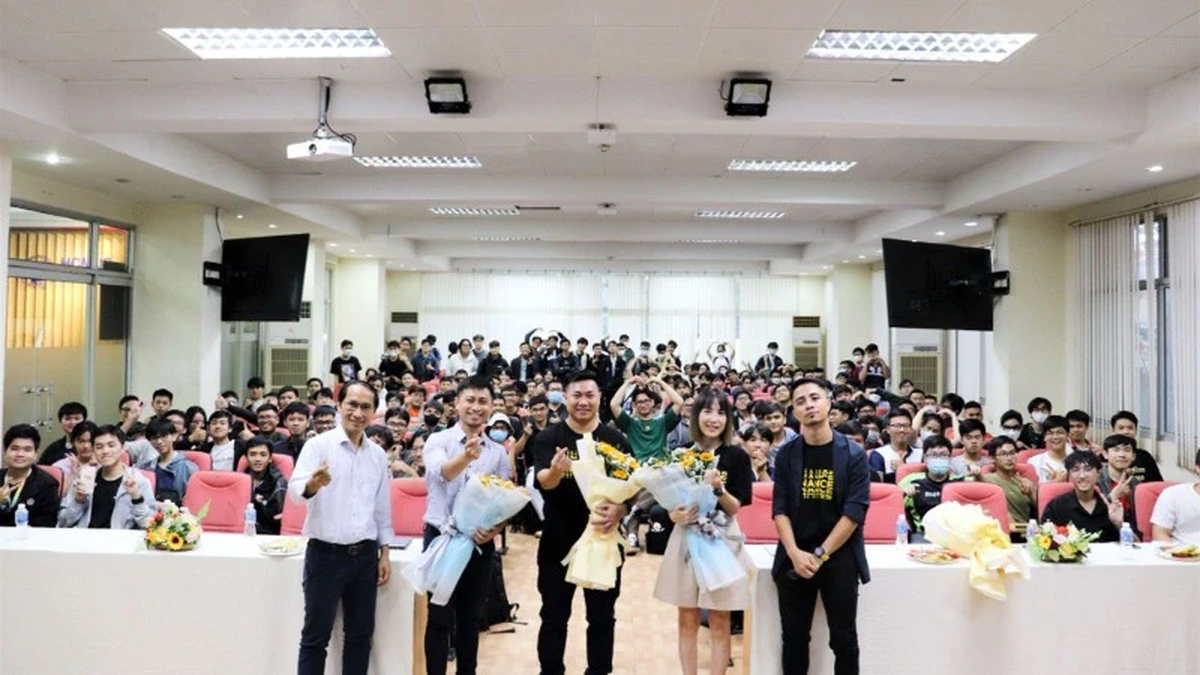



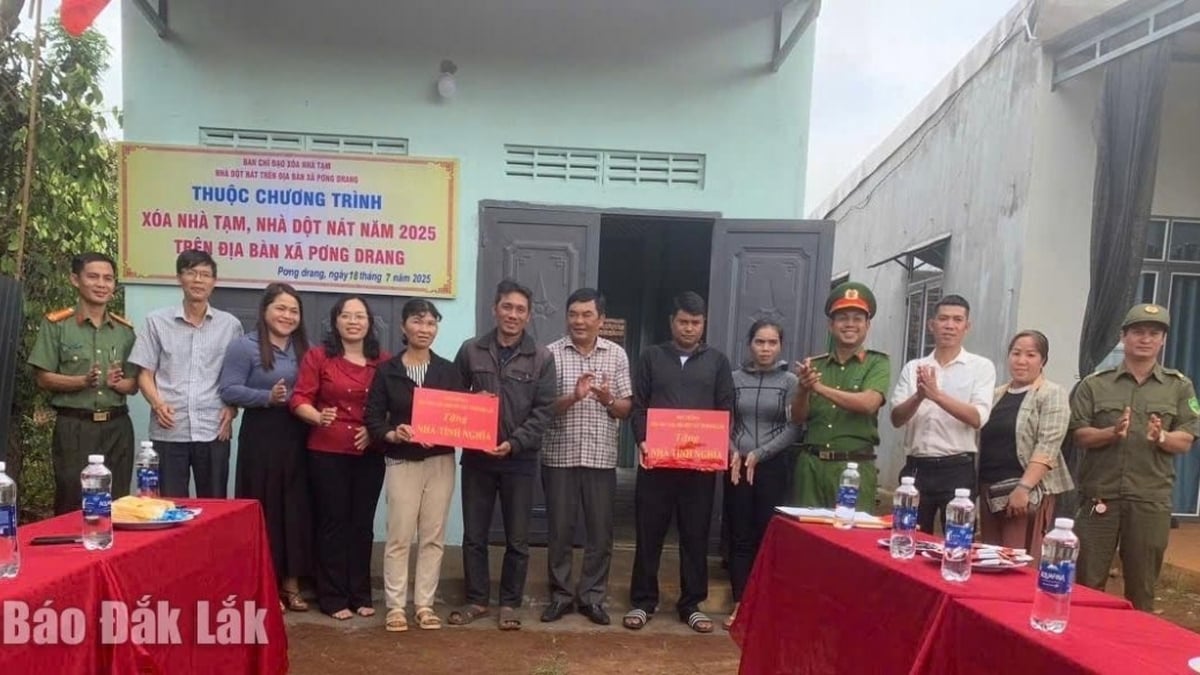



















































































![[Infographic] In 2025, 47 products will achieve national OCOP](https://vphoto.vietnam.vn/thumb/402x226/vietnam/resource/IMAGE/2025/7/16/5d672398b0744db3ab920e05db8e5b7d)





Comment (0)